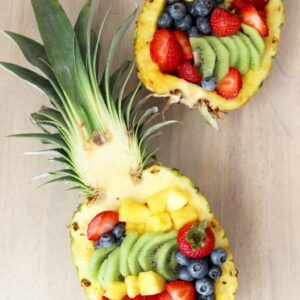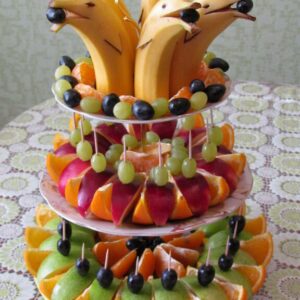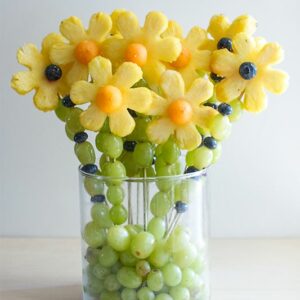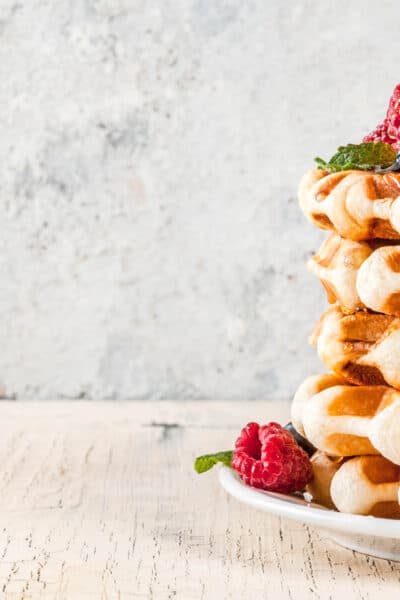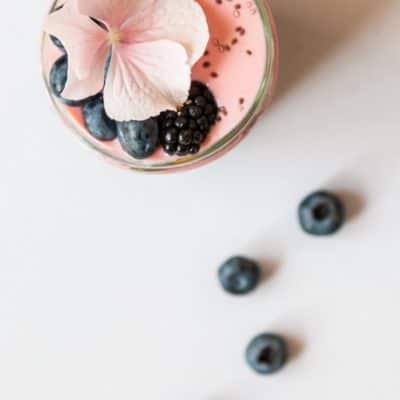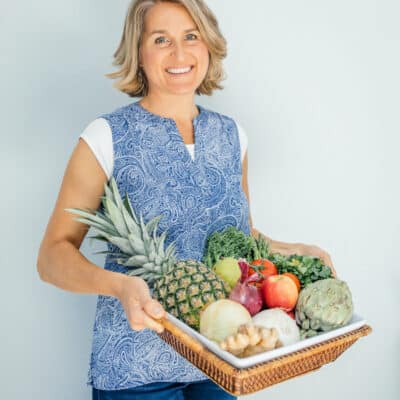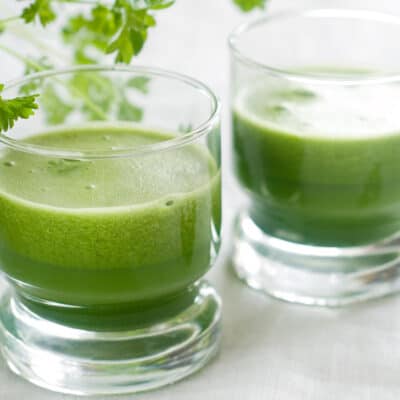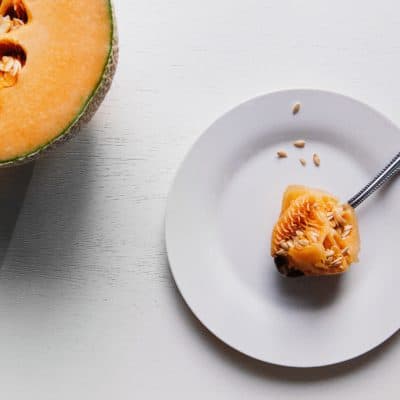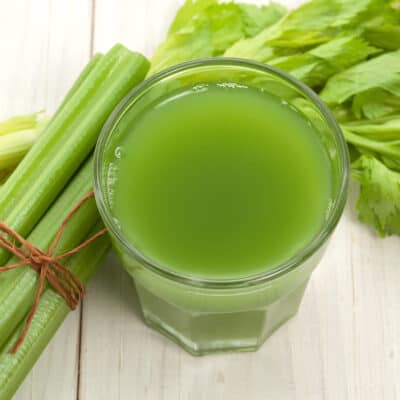Our lives are filled with celebrations – birthdays, holidays, and social gatherings – that call for festive food. However, present among the cheerful sprinkles or bright decorative icing lurks an overlooked and underestimated danger: artificial food dye.
Research has shown a connection between food dye and hyperactivity in children, hives, respiratory issues, eczema, cancer, and more – even death. Yes, you read right that right – death!
My children’s health conditions when they were young were severely impacted by food dye. We may lightly brush off brightly colored food as a “kid food” – but do we really realize just how damaging it is to our kids?
WHAT’S THE BIG DEAL?
It’s such a small amount, right?
The truth is, we don’t know unless we do our own digging. Although the FDA requires companies to list food dyes on the label, it does not require the amount to be disclosed. Research is now uncovering that the food dye consumption per person has increased more than fivefold in the United States since 1950. How are we consuming so much artificial dye?
It is not just at the occasional birthday party that these dangerous dyes find their way to our kids. Artificial dye can appear in breakfast cereals, snacks and treats, beverages, vitamins – even oranges – and other products targeted towards children. Even if we assume the amount of artificial dye in each food item is small, the sheer amount that children are exposed to and/or eat across many different foods or interact with through other means (clothing, hygiene products including toothpaste and shampoo, toys such as playdough, slime, or plastic, etc.) adds up quickly. It is so normal now to consider brightly colored food to be “kid food” that parents believe their child is entitled to those foods and consider it “depriving them” if they don’t let them have it. (See below for alternative ways to have a festive food celebration!) But is refusing to give our children the fleeting taste and temporary visual appeal a true deprivation, or are we depriving them of lasting health and nutrition?
But it doesn’t seem to bother them.
Even if your child may not be banging their head against the wall after an encounter with artificial dye (as my first child did), there can be underlying or latent effects. Hyperactivity has been linked with artificial dyes repeatedly in research (for just a few examples, see here, here, and here). Digestive issues, concentration issues, deteriorating listening skills, rashes, hives, respiratory conditions, headache or migraines, vomiting, eczema, achiness and pain in the body, joint problems in a young child, erratic behaviors, emotional issues such as anger, sadness, depression, anxiety at a young age, bedwetting – the list goes on.
However, even if there aren’t any major exterior symptoms, that does not mean that there isn’t more going on under the surface. Just because your child is not breaking out in a rash does not mean those artificial dyes are doing them any good, or are even neutral. Bone structure can begin breaking down, but not manifest until they are in their 20’s; they can’t concentrate when they are 10 or 12 years old; tumors are slowly growing without outer symptoms yet; the pancreas is shutting down but doesn’t give any signs until later – we are just beginning to understand the far-reaching effects of food dye.
It’s so cheerful and the kids love it.
Can you blame them?
Given the choice between licorice and an apple, most kids would choose the former. If children are always given something brightly colored, they will always want the same – or better and brighter and more exciting. They can become emotionally, visually, and chemically addicted at a young age to artificially colored food. Our children are so overstimulated in so many ways, and their food is becoming one of them.
What is in the food we give our children? Nutrition in the first five years of life is the most significant for brain development. Yet the food with toxic dyes marketed directly to children are shown to be toxic to rats, cause cancer, and are even linked to death. Yes, death! The FDA put out a statement acknowledging the connection between the dye Blue 1 and death. This is scary considering research has shown that Blue 1 is more easily absorbed by the brain, and that children are more susceptible to toxic substances than adults.
So if we can’t have “cheerful” food, how can we celebrate? Keep reading.
MY EPIPHANY
This was the breaking point for me: For over an hour, I was in a chair in our backyard, bracing my oldest son as a young child with all my might so he would not break his hand with its bloody knuckles against the wall. With tears streaming down my face, I remember thinking to myself, How did we get here? What can I do so that life will be better for both of us? That is what ultimately led me down the path I am on today, and I started by doing my own digging.
I began calling companies and doing some research. When my oldest son had a certain food, he would act a certain way – crying hysterically and kicking and screaming with no control over his body. I would stop giving him that food for a while, and he would be the sweet boy I knew he was. A month would go by, and I would give it to him again thinking he was okay – but he would have the exact same reaction. I started giving him other foods that didn’t have artificial dyes on the label (labeling requirements were different 10 years ago). When I called the company to specifically ask about dye, they would say that they dust it with food dye because it helps preserve the product on the shelf. It felt I was always navigating an industry that was trying to hide something.
I found that these companies specifically target children, and that they know about the effects of the artificial dye but choose not to do much about it. It is a cycle of addiction – visually and chemically – that is vicious to everyone except the companies that profit. I used to own a graphic design company for 15 years, and it is all about selling within the few seconds someone glances at a product. Even if something claims to be “healthy,” that doesn’t mean it is!
What I finally came to understand is this: We reap what we sow. What foods are helping our children’s brains develop? Tell me nutritionally what cotton candy does for your child’s digestive system, lymphatic system, brain development, etc. versus an apple. Parents are bombarded with concerns about their children’s social and academic development, or soccer, gymnastics, spelling bees, science fairs, etc. but in order to do any of these, our children first need healthy bodies and healthy brains.
It was difficult for me to have children, and so my three boys are the most precious things in the world to me. I had this breakthrough of everything I put in their mouths matters. The foods or substances they consume at every meal is building the foundation – the very cells – of their bodies. The chemicals in the slushies and cotton candy are not building bones, but breaking bones. What used to be old man’s diseases are now turning into children’s diseases. Time Magazine featured an article about finding a key component for Alzheimer’s in young people’s brains. Diabetes is now children’s diabetes. My second son would break out in severe rashes when coming into contact with artificial dye.
I am passionate about this because I dealt with it. I lived it. It was one of the most emotionally, physically, and spiritually stressful and draining time of our lives. I was constantly in a volatile situation with my first two sons, not knowing what could have caused their reactions. No one told me to try going off of food dye – I had to eventually find out for myself, after so much time of trying other things. It pulled at my heartstrings each time one of my children was in such tormented pain. My heart goes out to other mothers who may be going through a similar situation with no answers.
The body can heal when it is given what it needs. Given their diagnosed health conditions at a young age – including autism – my children were not supposed to be thriving in mainstream school like they are now. I am grateful for the realization of needing to do something different, because now my three healed, healthy boys are fueled by the food that their bodies need – naturally.
SO WHAT CAN YOU DO INSTEAD?
If you are looking for ways to celebrate an occasion without the toxicity of artificial dye or additives, or beginning to walk your family on a path towards health – here are some tips for you.
Rejoice with nature’s beauty.
Nature is bright, beautiful, and colorful – where do you think food dye got its inspiration? Get back to basics and use fruit and vegetables to enhance a party’s decor. Strawberries, cantaloupe, pineapple, honeydew, blueberries, blackberries, sweet bell peppers, sugar snap peas, radishes – the list can go on and on! Here is some inspiration from Pinterest below:
Fruit is so colorful, you can even use it as the decorations – doubling up on the functionality will save you time and money. Here’s 64 Ways to Display Fruit.
You can also use alternatives for traditionally over-processed sweet delights. Here’s some frosting options:
- Soaked cashews and maple syrup or honey blended together (here’s a recipe or play with the ratios to make it to your liking)
- Coconut sugar blended into a powder, then blended with Miyoko’s vegan butter made from sunflower oil
- Simple Mills has great frosting options if you’re short on time
If you’re looking to add some color to the frosting, here are some lovely bright natural powders made from fruits and vegetables to blend with the frosting:
- Pink – Pitaya dragonfruit powder
- Red – Beet powder
- Yellow – Mulberry powder, turmeric powder, yellow goldenberry powder
- Green – Spirulina, barley grass juice powder, emerald pandan leaf
- Blue – Blue butterfly pea super juice powder
- Purple – Indigo blueberry powder
There are many clean birthday cake recipes out there too (including our favorite – chocolate beet cake!). You can also make cookies (here’s a great recipe) and have kids decorate them as a fun birthday activity!
Looking for more delicious, healthy recipes for treats your family will love? Check out these recipes to sneak high-nutrient foods into your kids’ desserts!
Educate and advocate.
This is a great opportunity to emphasize to your children the true spirit of a birthday party – the friendship and the fun! I fill my kids up with nourishing food before they go and send a treat to share. I will typically promise them something special when they come home as well so they don’t feel like they are missing out. Take the opportunity to educate your kids about why you choose not to eat these foods, and it’s okay if other people do. Everybody makes choices in life – what clothes they wear, job they want, car they drive, etc. – and we may choose one thing for one reason, and other people may choose another thing for a different reason. It’s all okay.
The next time you find yourself in the grocery store, I encourage you to turn the box over and look at the ingredients. You are empowering yourself to make educated decisions about the food you choose to put in your body and your children’s bodies! If the ingredients listed aren’t clear, perhaps you take it upon yourself to call the company and find out. Vote with your dollars – purchase products made by companies that keep their ingredients clean. Companies will follow the consumers – look at how Kraft now uses turmeric powder in their European mac & cheese after the European Union banned food dye, and then followed suit in the U.S. after a widespread petition by the Food Babe.
START SMALL. HAVE HOPE.
“Isn’t that a little extreme?”
Many people have said this and other similar sentiments to me over the years. It may seem extreme to some to exclude all artificial dyes and additives from our family’s diet – especially when they see my healthy, thriving boys today. Although it has been counter-culture and at times challenging to figure out an alternative path for my kids, in my experience healthy kids saves time and stress. The short-term pleasure and social norms are not worth the hours spent in the emergency room or at specialists, the sleepless nights due to pain and crying, and the extreme toll it took on us as a family.
If this seems overwhelming to you, I encourage to take it one step at a time. Everyone starts somewhere. Maybe it’s just with a green smoothie or green smoothie popsicle. You can take out refined flour and substitute gluten free oat flour, which acts very similarly, or buckwheat flour. It doesn’t have to feel like a huge transition. Start where you are, and do a little more, and a little more, and a little more. If you fall off the wagon, get back on it and don’t beat yourself up – celebrate the things you are doing well! There’s always room for improvement. We don’t have to be perfect, but there’s always room to invite more healing into your life or your children’s lives.
THE WORLD HOLDS ITS PULSE ON THE PLATE.
How we as a humanity thrive, and how the world sings – its pulse – is on the plate. If our bodies aren’t healthy and strong, we can’t serve others. Yes, we can love and we can smile, but we lose the opportunity to serve more. I see tens of thousands of people who are so sick with so many different ailments across the board. They could care less about their careers, family, hobbies, etc. because now they can’t do anything due to their health. They can’t serve their families or be at their dream job they’ve worked so hard for, or have only touched one thing on their bucket list because they are sick at 24 years old – whatever it may be, now they will do ANYTHING to help better their health.⠀⠀⠀⠀⠀
⠀⠀⠀⠀⠀⠀⠀⠀⠀
The pulse of our lives, the pulse of our communities, and the pulse of our global family is held on the plate. So much of our culture and emotions are tied into the food we consume – why not make it a culture of nature’s bounty, of health, of delicious and revitalizing nourishment? The most beautiful part is we can decide what is on the plate. If you feel you don’t have a choice, what small steps can you take to move in that direction? We all start somewhere… Let’s have this year be your year for thriving health – for you and your loved ones!
Blessings,
Amber
Don’t miss out on exclusive health tips, recipes, and more: Subscribe today!
*Disclosure: This post contains affiliate links. At no cost to you, I may earn a small commission from the sale of these products. This assists my work in supporting others on their healing journey to health.
